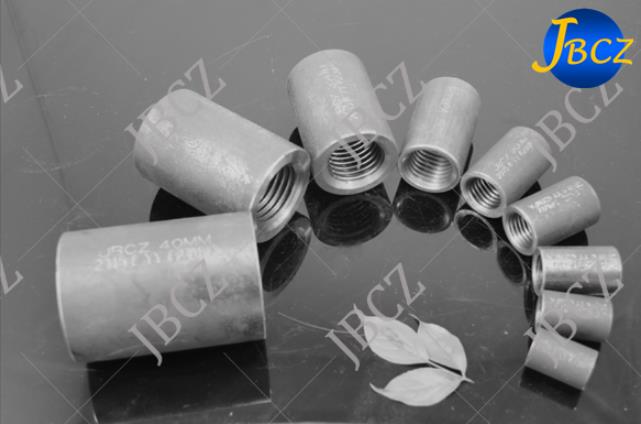Friends who have seen the construction of houses should know that the process of building houses will use many steel bars, and the connection between the steel bars and steel bars is where we often use steel connectors. Reinforcing steel connectors as the construction industry essential fasteners, the use is quite extensive, but also to avoid the traditional engineering and construction of steel tied, welded, and other defects arising from the connection process. This article summarizes the following 6 points of the reinforcing steel connection sleeve specification for reference!

1. Standard type connection.
Applicable to all seismic and non-seismic concrete structural engineering, especially those who need to give full play to the strength and flexibility of the reinforcement of large structural engineering. Standard type rebar splice connects coarse diameter, different diameter steel bars, steel structure, and steel connection.
2. Flare-type connection.
It is applied in the case of the difficult pairing of reinforcing steel and reinforcing steel connectors in the construction of reinforcing steel connections. Commonly used are the column, especially the coarse column diameter vertical reinforcement connection. The connection method and quality control points are the same as standard-type joints.
3. Positive and negative thread type connection.
It is used when the reinforcement cannot be rotated at all, and the internal force of the reinforcement needs to be adjusted, such as construction joints and post-cast zones. When the connection sleeve has a positive and negative thread buckle, it should be used first when the two bars can be relaxed or tightened in the direction of rotation.
4. Reducing type connection.
It is used to connect different diameters of reinforcing steel, reducer-type rebar splice length, and large specifications of the same length as ordinary rebar splice. It is suitable for connecting reinforcing bars in various reinforced concrete structures subject to tensile and compressive forces in both directions. It can connect HRB400 grade bars of the same diameter and reducers in horizontal, vertical, and oblique directions.
5. Extension-type connection.
It is suitable for reinforcement that is too long, too dense, and inconvenient to rotate. The rebar splice is screwed in 1 rebar extension thread beforehand, then counter-rotated in the thread of the connected rebar end, and the connection can be locked by rotating the rebar half to one turn. You can choose the standard type rebar splice.
6. Add the locking mother-type connection.
It is used when the reinforcement cannot be rotated, for example, when bending reinforcement is interconnected with bridges, piles, and other reinforcement cages. The locking mother is screwed into the thread of the connector on the extension thread and then screwed into the thread of the other rebar end and locked to the rebar sleeve by the locking mother, either standard or flared rebar splice + locking mother.
The above is the method of specification of rebar splices. If you need more detailed information, welcome to contact us!